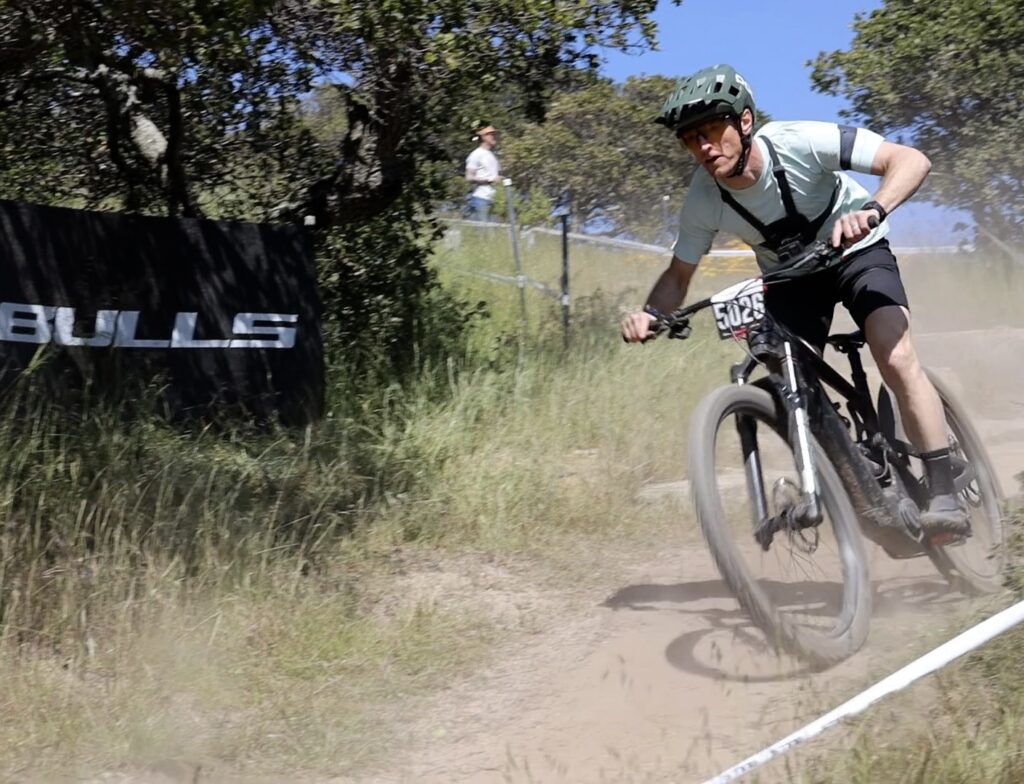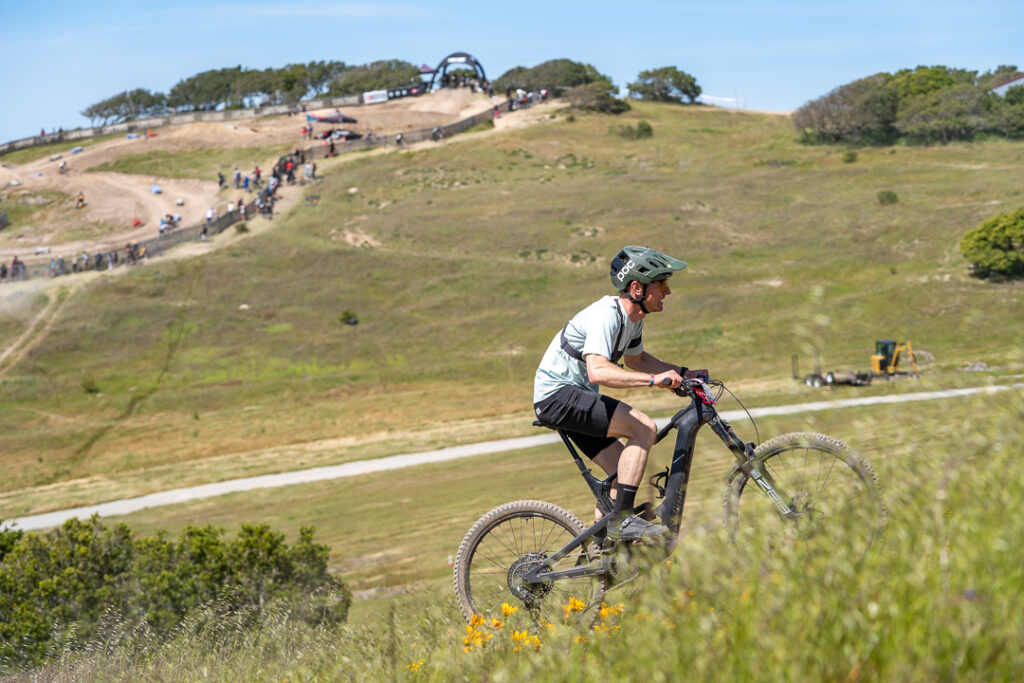It’s got a motor, so an e-bike must be really easy to ride, right? You’ll find some variation of this preconceived notion littered throughout the Internet. I’ve heard it face-to-face with people too, whether it comes from a place of well-meaning curiosity or a more snarky perspective.
I get it; new technology can be confusing, and cycling culture is notoriously wary of change, especially if it potentially makes our sport easier. Heaven forbid.
So, I decided to wear a heart rate monitor for most of my e-MTB rides this summer. In the name of science, I suffered and I shredded to see if the sneering old-timers are right about how e-bikes take the suffering out of cycling.
My conclusion is that, when riding an e-bike, you can certainly push yourself just as hard, physically, as you do on a conventional bike. But it also opens the aperture wider so that — if you so choose — you can ride a bit easier on terrain that would otherwise necessitate a difficult effort.
A Quick Primer on Pedal-Assist Bikes, a.k.a. Pedelec Bikes
Before I get into the results of my little personal experiment, let’s clarify the technology in question. I’m not talking about throttle-activated Class 2 e-bikes. I’m talking strictly about pedal-assist e-bikes. For mountain bikes, these are nearly all Class 1, governed at 20mph.
Read more about the e-bike classes here.
So, a pedal-assist bike works like this: The motor is inert until you push the pedals with some amount of wattage. The drive unit’s sensors constantly track your wattage, cadence, and speed. Depending on how hard you pedal, the motor will provide more or less assist. No pedal, no assist.
Are we all on the same page now? These aren’t Surron motorcycles, or those crappy e-scooters that your Uber Eats delivery person rides. They’re bicycles with electric motors that are precisely tuned to match your power output.
Example #1: A Plain-Old Mountain Bike Ride
Unless you’re training for a race or throwing down with your pals, most mountain bike rides are done at a moderate pace. You might have to go hard to clean a steep climb. You’ll get some nice recovery on the downhill. Everything else is a comfortable pace.
That’s how I’d classify this ride I did in early July. Here are the stats:
1:30 Ride time
19 Miles
4,000 Feet of vert
125bpm average, 166bpm max heart rate
75% Of ride in zone 1 (<140bpm)
What stands out to me about this ride is that I did a significant amount of climbing at a pretty quick pace, but my exertion was moderate at most. Did an e-bike make this ride easier? Heck yes it did! That’s the beauty of it. I wanted to cover some ground and get in some laps, and I did so without to much effort. We can’t crush it every day.
Example #2: Sometimes You Feel Like a Hard Day Out
I’m a big fan of these in-betweener rides. I need something more than an easy ride, but I don’t want to completely shatter myself with a race-pace effort or something impossibly long. I covered a fair bit of ground and got in some nice downhills. Here are those stats:
2:40 Ride time
32 Miles
6,300 Feet of vert
133bpm average, 169bpm max heart rate
60% Of ride in zone 1, 24% in zone 3 (150-164bpm)
The average heart rate here is a bit higher than my easy ride, but not by a huge margin, What is notable though is how much time I spent in zone 3 (a.k.a. Tempo), as I was pushing up the climbs. On this ride, I also found myself using Turbo mode less frequently and instead pushed more of my own watts in Trail mode. For many of the trails and climbs I do, it seems a bit too fast when you ride a hard effort in Turbo mode.

Example #3: An E-MTB Race … Yep, That Is a Thing
The final scenario is more uncommon: An e-MTB race. There just aren’t many of these events in North America yet. However, Sea Otter Classic is one place where you have a chance to throw down with fellow e-riders. The racecourse and format are a bit odd — it is essentially the old, short XC race course, which loops around the venue. You race for an hour, which is similar to a cyclocross race in intensity and distance. Here are the stats:
1:00 Ride time
17.5 Miles
2,250 Feet of vert
164bpm average, 179bpm max heart rate
49% Of ride time in zone 4 (164-175bpm), 42% in zone 3
Again, this race is pretty unusual. However, I really wanted to get this data to prove that you can go just as hard on an e-MTB as you can on a conventional bike (if you want to). This effort was almost entirely done in full boost mode on the Bosch-driven Crestline bike I rode. Batteries were drained, climbs were smashed, legs were made sore. Riding 17.5mph average off-road is pretty wild, but as I alluded to earlier, it’s a little sketchy to go this fast. So if I wanted to achieve this type of effort in my usual rides, I’d probably turn down the mode to trail or even eco.
Conclusion: Go as Hard as You Like
While riding e-MTBs consistently this summer, it’s become clear how they can open the spectrum of riding opportunities.
I can ride to trails from my house much more easily and quickly than on a conventional bike. This technology can give an inexperienced, less-fit rider a way to experience longer, more difficult rides without putting themselves in an exposed situation. And above all, for myself, it gives me the choice to ride whatever pace I like on a given day. Living in a mountainous, high altitude location makes it near imposible to do endurance pace rides on trails that are fun or challenging. Yes, an e-bike makes that easier. But if I want to give it the beans, the data show that I am not not slacking off, not by a long shot.
